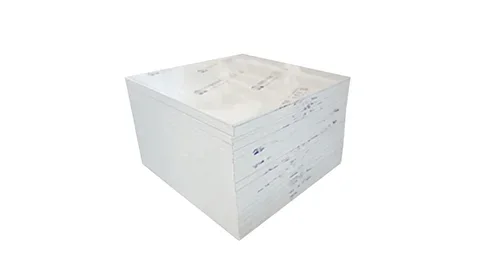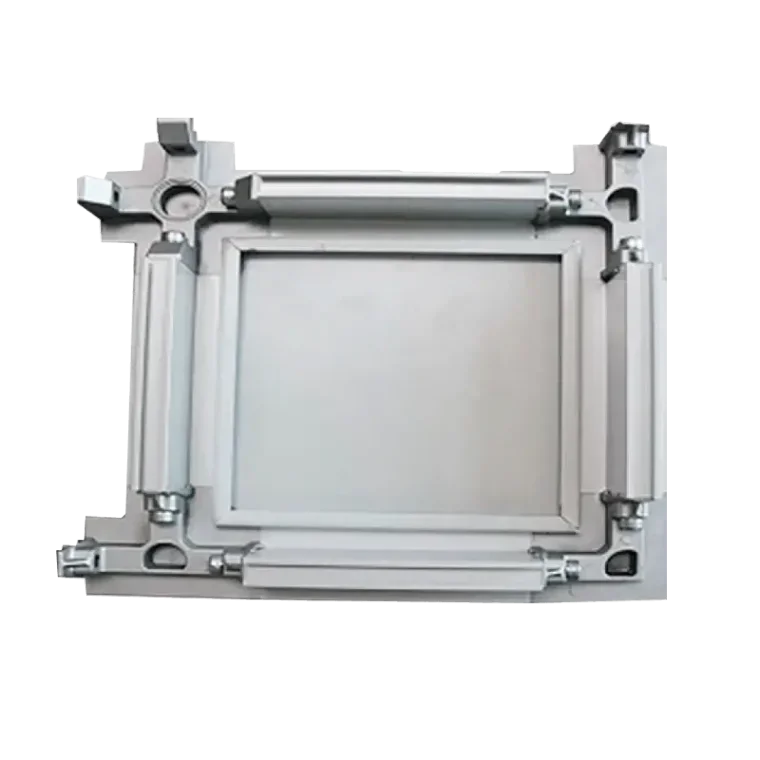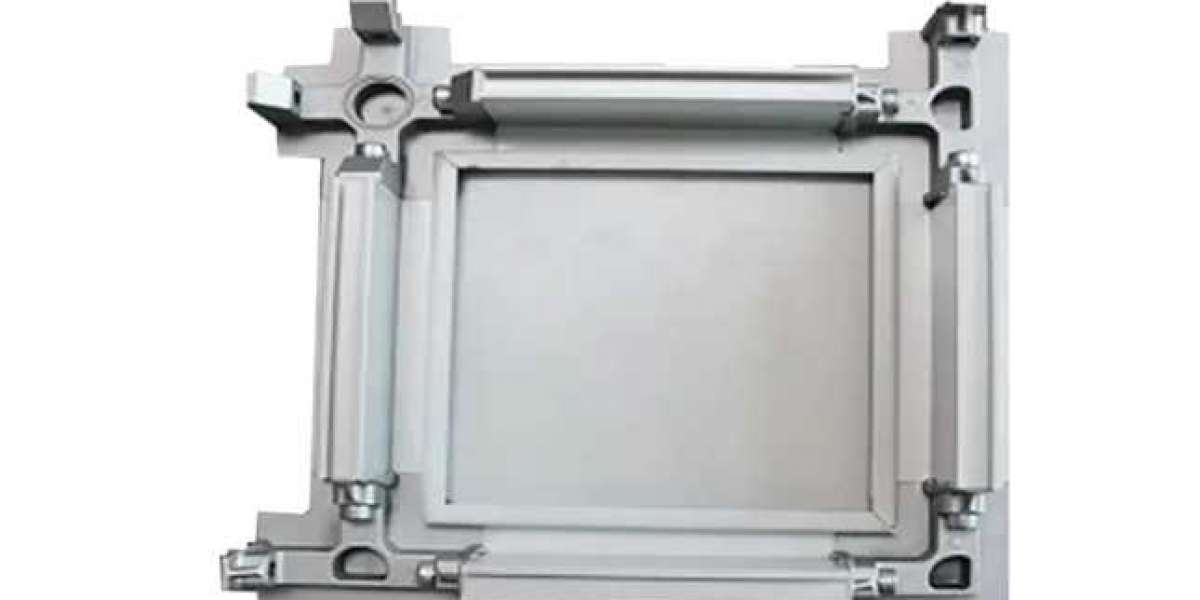Blind plates, also known as blank flanges or blind flanges, are an essential component in various industries and applications. In this article, we will explore the purpose, functionality, and common uses of blind plates. Whether you are a professional in the field or simply curious about industrial equipment, this guide will provide you with a comprehensive understanding of blind plates.
I. Understanding Blind Plates
Blind plates are solid discs that are used to seal the end of a pipeline or a flange connection. They are typically made of the same material as the adjoining pipes or equipment and are available in various sizes and designs to suit different applications. Blind plates are usually flat-faced, but they can also have raised faces or ring-type joints, depending on the specific requirements of the system.

II. The Purpose of Blind Plates
A. Sealing and Isolation:
One of the primary purposes of blind plates is to provide a reliable seal at the end of a pipeline or a flange connection. By installing a blind plate, the flow of fluids or gases can be completely stopped, preventing any leaks or contamination. Blind plates are also used to isolate sections of pipelines or equipment for maintenance or repairs, allowing work to be carried out safely without affecting the rest of the system.
B. Safety and Maintenance:
Blind plates play a crucial role in ensuring the safety of workers during maintenance or repairs. By sealing off a pipeline or equipment, blind plates prevent accidental releases of hazardous substances, protecting personnel from potential harm. Additionally, blind plates facilitate equipment inspection and cleaning by providing a barrier that allows easy access to the interior of the system.
III. Common Applications of Blind Plates
Blind plates find extensive use in various industries due to their versatility and reliability. Some of the common applications include:
A. Oil and Gas Industry:
In the oil and gas industry, blind plates are frequently used for pipeline maintenance and repairs. By installing blind plates, sections of the pipeline can be isolated, allowing maintenance work to be carried out without interrupting the flow of fluids. Blind plates are also used for pressure testing, ensuring the integrity of the system.
B. Petrochemical Industry:
In the petrochemical industry, blind plates are used for equipment maintenance and inspection. During transportation, blind plates are installed to protect flanges from damage. They act as a temporary seal, preventing contaminants from entering the system.
C. Water Treatment Plants:
Blind plates are commonly used in water treatment plants for pipeline maintenance and repairs. They allow specific sections of the pipeline to be isolated, ensuring that repairs or upgrades can be carried out without affecting the entire system. Blind plates also facilitate routine maintenance activities, such as cleaning and inspection.
D. Food and Beverage Industry:
In the food and beverage industry, blind plates are used for equipment cleaning and inspection. During production breaks or equipment changeovers, blind plates are installed to prevent contamination. They provide a temporary seal, ensuring that no foreign substances enter the production line.

IV. Installation and Usage Guidelines
To ensure the proper functioning of blind plates, it is important to follow installation and usage guidelines. Here are some key considerations:
A. Proper Installation:
Select the appropriate blind plate based on the size, material, and design requirements of the system. Follow the manufacturer's instructions for installation, including torque specifications for tightening the blind plate onto the flange.
B. Safety Considerations:
Before performing any maintenance or repairs, follow lockout/tagout procedures to ensure the system is safely isolated. When handling blind plates, use appropriate personal protective equipment (PPE) and ensure proper storage to prevent damage.
C. Maintenance and Inspection:
Regularly inspect blind plates for signs of wear, corrosion, or damage. Clean blind plates as per the manufacturer's recommendations. During reinstallation, ensure proper alignment and torque specifications are followed.
V. Blind Plates in Specialized Industries
Blind plates have specific applications in specialized industries, such as:
A. Pharmaceutical Industry:
In the pharmaceutical industry, blind plates are used for sterilization processes and equipment isolation. They play a critical role in maintaining aseptic conditions and complying with regulatory standards.
B. Nuclear Power Plants:
Blind plates are essential in nuclear power plants for containment and safety measures. They are used to isolate sections of the system during maintenance or inspections, ensuring the safety of personnel and preventing the release of radioactive materials.

VI. Conclusion
Blind plates are versatile components that provide sealing, isolation, and safety benefits in various industries. Understanding their purpose and proper usage is crucial for maintaining system integrity and ensuring worker safety. By following installation and maintenance guidelines, blind plates can effectively contribute to the smooth operation of pipelines, equipment, and industrial processes.
GREAT Purification System After nearly 20 years of development, our workshop is equipped with modern production equipment: CNC forming machines, laser cutting machines, bending machines, Amada CNC and automatic panel production lines to continuously improve customer service and increase partnerships.
If you have mass production requirements for blind plates, please contact us.
E-mail:sales@greatpanel.com.cn







